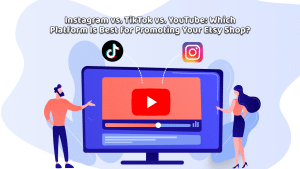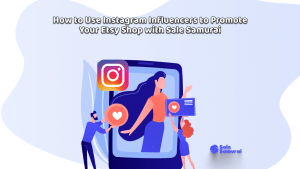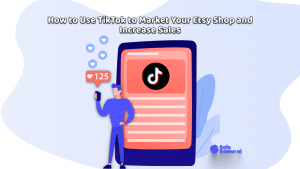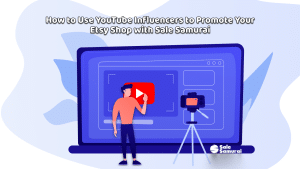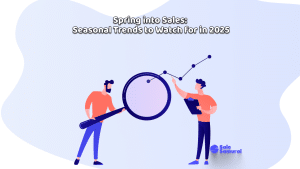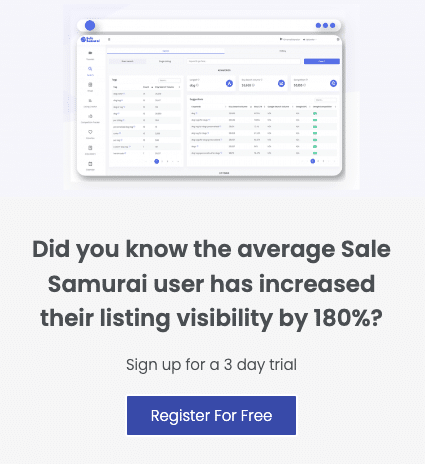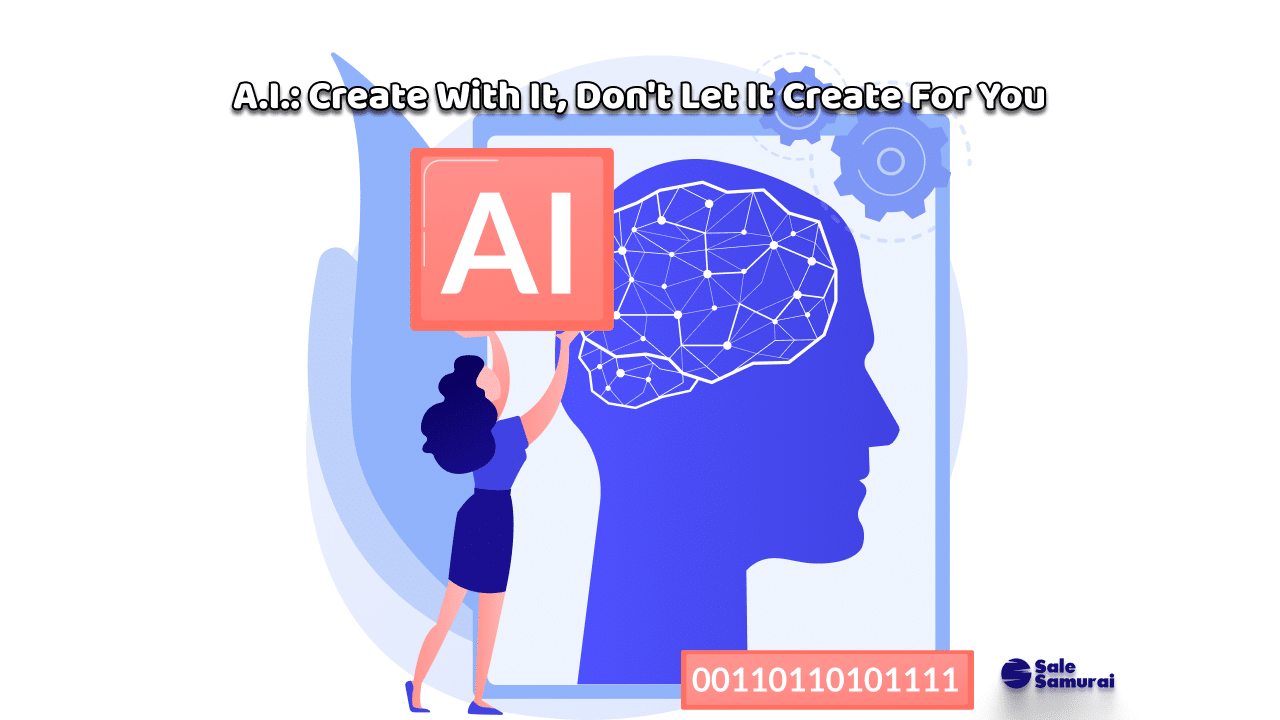
I’ve recently written about how A.I. can be dangerous if used irresponsibly. That’s because this area is ripe for scammers who promise to make their jobs easier by blindly trusting A.I. to handle the hardest part of their jobs.
As every Etsy shop in unique and most shop owners are passionate creators of countless different kinds of products, such a blanket warning does not apply. The vast majority of Etsy products are an extension of the creators who make them – until cloning becomes affordable, there is no way to get an A.I. program to duplicate the individual spark.
Quite the contrary. Even the clunky, unpredictable current generation of A.I. – the ChatGPTs, the Midjourneys, the Dall-Es – can be useful tools for Etsy creators.
Like any tool, A.I. requires some skill to use it right. Also, if you use it the wrong way, you could get hurt.
Let’s start with some ways that A.I. tools can help the Etsy creator.
BRAINSTORMING BUDDY
I’ve said elsewhere that AI., for me, is a salve against the pain of The Blank Page.
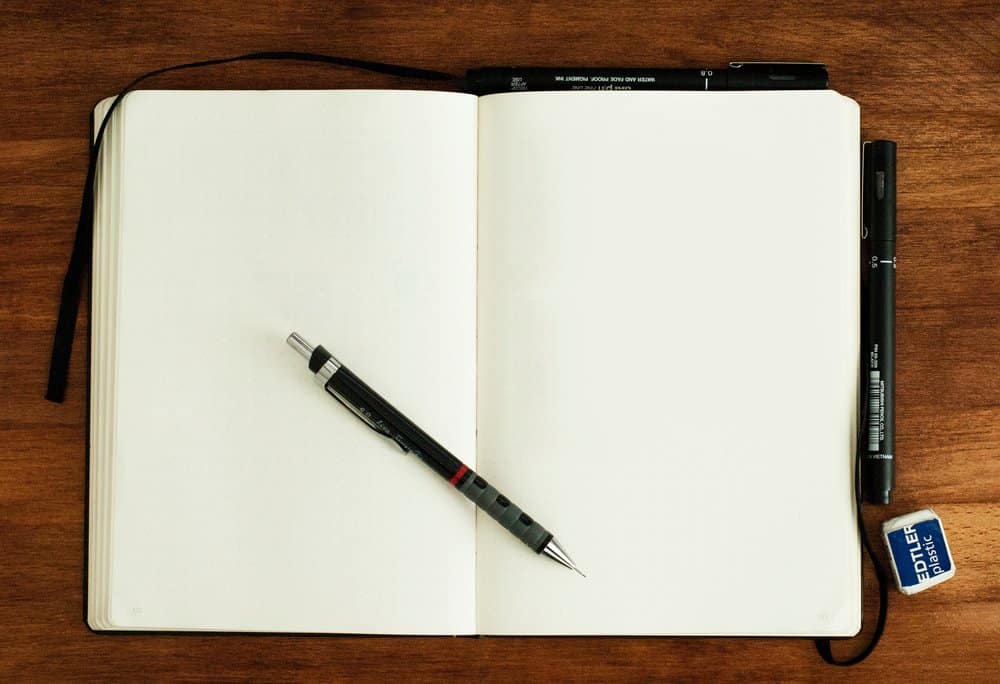
The single most terrifying sight for any commercial creator
One can afford to wait for inspiration when creating is not how one makes a living. When it becomes a business, then it takes on the burden of deadlines and budgets and financial projections and all those things that are typically anti-creative. Depending on your level of anxiety (mine goes to eleven), that burden can be a giant boulder on your creative path, even short-circuiting your creativity altogether, leaving you paralyzed as the clock ticks away.
When pressed for time, I use ChatGPT to generate ideas or suggestions. If directed correctly, it will not only provide you with concepts, it will actually trick your brain into “edit mode”, completely skipping over the “generate a new idea” mode. It shows you a rough clay shape that you can reshape and refine. If you’re like me, your creativity is a form of problem solving, but sometimes the problem itself is not clear without a couple of clues to start with.
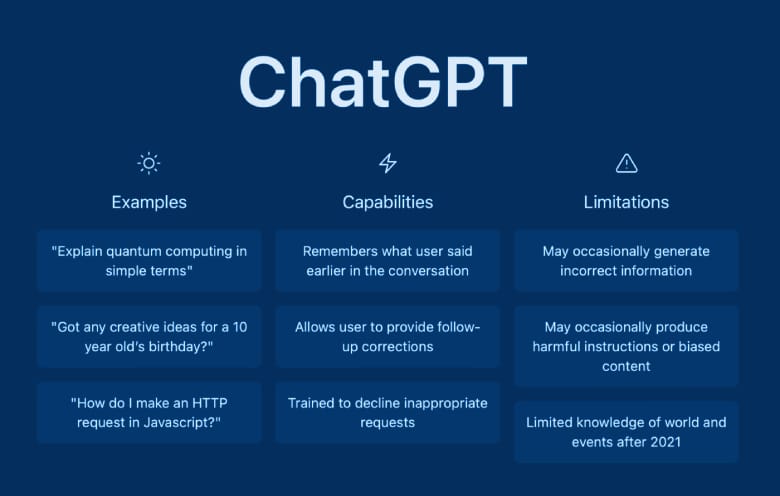
For example, I recently had to develop a brand name for a new product line. In the old days, when telephones had cords and dials and emails were typewritten interoffice memos that weren’t seen for a day or two, this kind of project was allowed the time it took for the brain to work. In fact, there used to be entire agencies that did nothing but come up with brand names. In this case, I had half a day.
I went to ChatGPT and fed it some pertinent information, such as the type of product, the target audience, other brand names that I wanted it to “feel” like, product attributes, and the mood I wanted it to convey. The result: twenty brand name suggestions.
Were they all good and did they solve my problem with some keystrokes? Not even close. There were maybe five good ones, five so-so ones and ten godawful ones.
However, it gave me something to start with. I could see how to refine the good ones and make them great, turn the so-so ones into solid contenders, and then another five of my own that naturally flowed from the process. Of the twenty results I got from ChatGPT, I’d say that maybe 20% wound up in the final list. And I was done by lunchtime.
This same method can be employed by you if you find yourself at “inventory refresh” time and have no clue what kind of product to make next.
Sale Samurai’s robust data mining tools will provide important information such as what your competition is doing, what shoppers are searching for, etc. Once you have these basic variables, you can plug them into ChatGPT along with a list of your best selling products, and simply ask it to come up with specific product ideas.
Your result is most likely going to be similar to mine. Most of it will be garbage. But, there is a very high likelihood that there could even be one workable concept and a handful of concepts that only you will see the potential in with some refinement. In short, the A.I. acts as a brainstorming partner, spitballing ideas back and forth until that creative spark turns into a blaze.
DESIGN ASSISTANT
First, let me be clear: DO NOT USE A.I. FOR FINISHED DESIGNS. It is a cheat, it is inaccurate, and it is built on the shoulders of other creators. More on that later.
If your Etsy specialty involves the use of graphics or illustration, you most likely spend countless hours creating the art yourself.
If you’re like any commercial artist, there will be times to create art when you’re not ready, uninspired, fatigued, or simply just blocked creatively. You’ve most likely expressed a wish to clone yourself so you could produce more while doing the not-so-fun part of running the business.
Many A.I. software apps promise single-session shortcuts for designers. The truth is, they don’t, because they can’t. They’re also far from exact. They are based on textual input, so the fine specifics of what you’re looking to produce just aren’t possible. If you’ve ever been or worked with an art director, you know how hard it is to translate a verbal instruction into a precise rendering of a specific vision. That’s exactly the experience of working with a generative art A.I. app.
That said, it’s a helluva first comp artist.
For example, let’s say your shop’s specialty is printable coloring pages for kids. Funny animals, cartoon adults, spaceships, monsters, etc. You typically draw them yourself or even license stock art if you don’t have the time. Your existing line has matured and the sales of your most popular kids’ coloring pages are dipping with no sign of stopping.
After using Sale Samurai’s data analysis tools to help you understand what shoppers are looking for, you can start with the steps in the previous section to help generate ideas – new monsters, grown-up professions you hadn’t thought of before, animal species you ignored or forgot about, etc. Once you’ve refined these ideas into a list of doable concepts, now it’s time to render them.
If you’re strapped for time, you can use ChatGPT’s visual cousin, Dall-E, and input the textual results from your ChatGPT session, adding phrases like “Cartoon fireman rescuing a cat from a tree” or “Cartoon Mothman eating a bag of potato chips” so the A.I. knows how to compose the result. Lastly, add “render in black and white coloring book style.” The results will look like this:
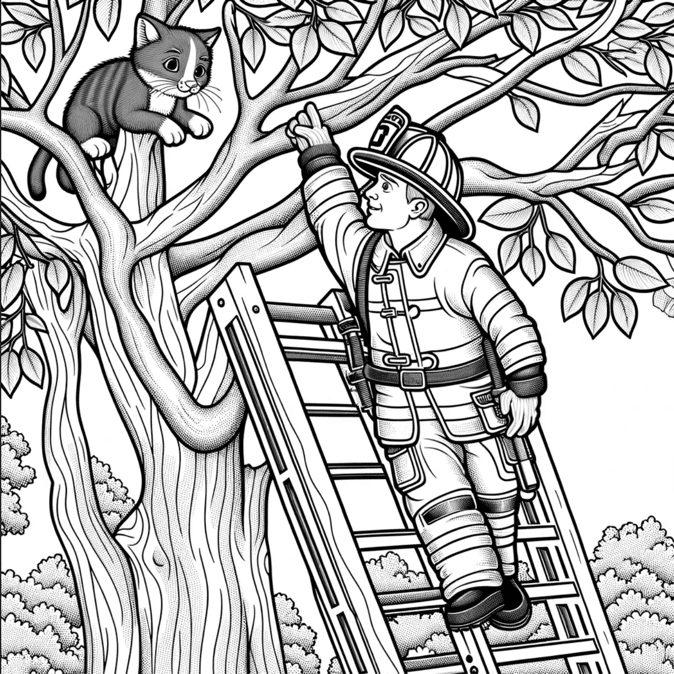
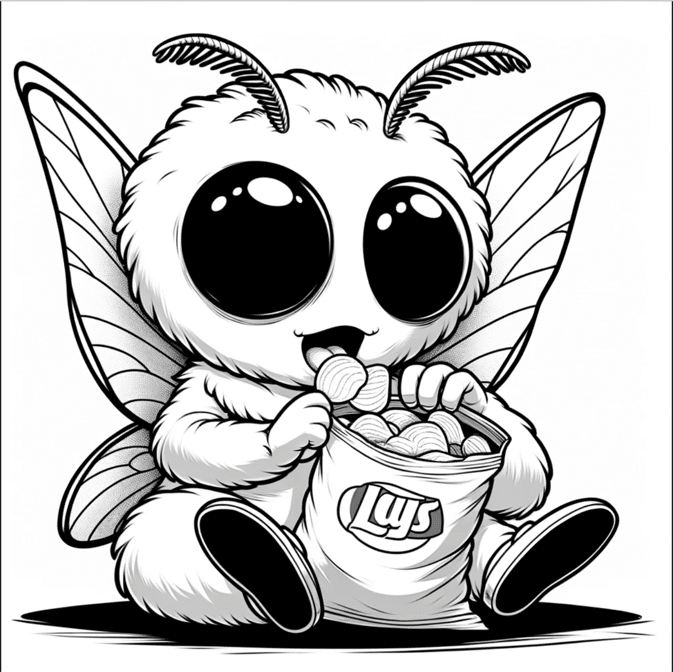
Your first thought is probably, “Eureka! I DID clone myself!”
Well, no. Now we get to the part I referenced above.
Most of this generation’s A.I. are trained by ingesting the work of thousands of artists (the most infamous case being the 16,000 artists whose work was ingested into Midjourney without their consent). Chances are, even if the A.I. produced a well-composed picture that looks like it’s ready for print, there is a high likelihood that the style, if not complete elements of the result, is taken from another artist without their knowledge.
As an artist, you should view these results as a first sketch. Redraw them in your own style. Or, even use a tracing board to save time, but don’t directly trace – as you follow the lines of the A.I.-generated result, feel your body relax into it and let your style flow naturally. The finished piece will be your original work, but you will have saved hours of sketch and composition time.
Lastly, as in a real-life situation we are familiar with, your description could innocently (?) include an actual trademarked character when all you asked for was an Italian plumber. Avoid these situations and you’ll not only prosper, but you’ll avoid having your account closed and a trademark infringement lawsuit on your hands.
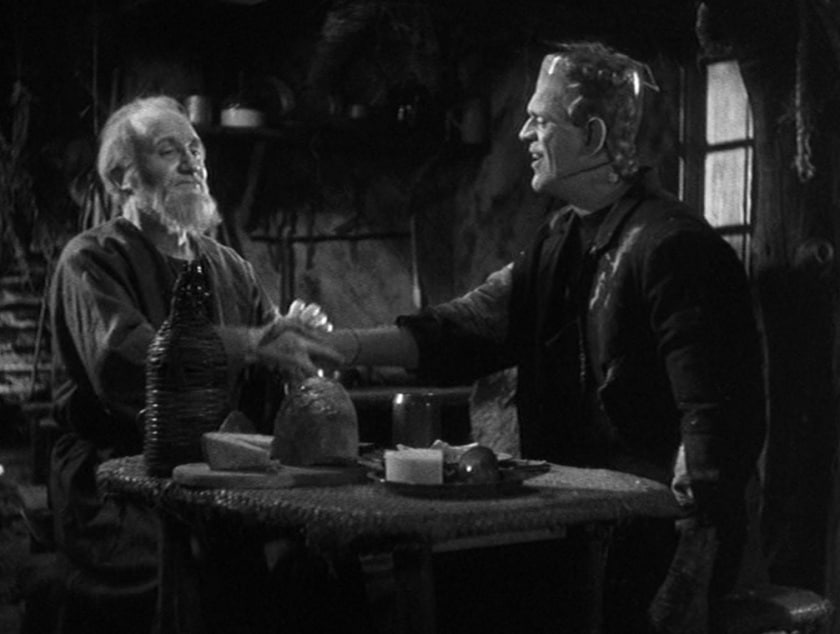
Photo from ”The Bride of Frankenstein” ©Universal Pictures. Watch it here
Will A.I. eventually be refined enough to produce the exact results you need and practically eliminate the most time-consuming parts of your workflow? Perhaps. But right now, it’s a Frankenstein’s monster, sewn together from stolen parts and a brain that isn’t quite right.
Extending that metaphor, your role is not the scientist it seeks revenge upon, but the kind hermit who coaxes out its best nature (cue the violin music). Work with it, don’t push it too hard or it will destroy you.
